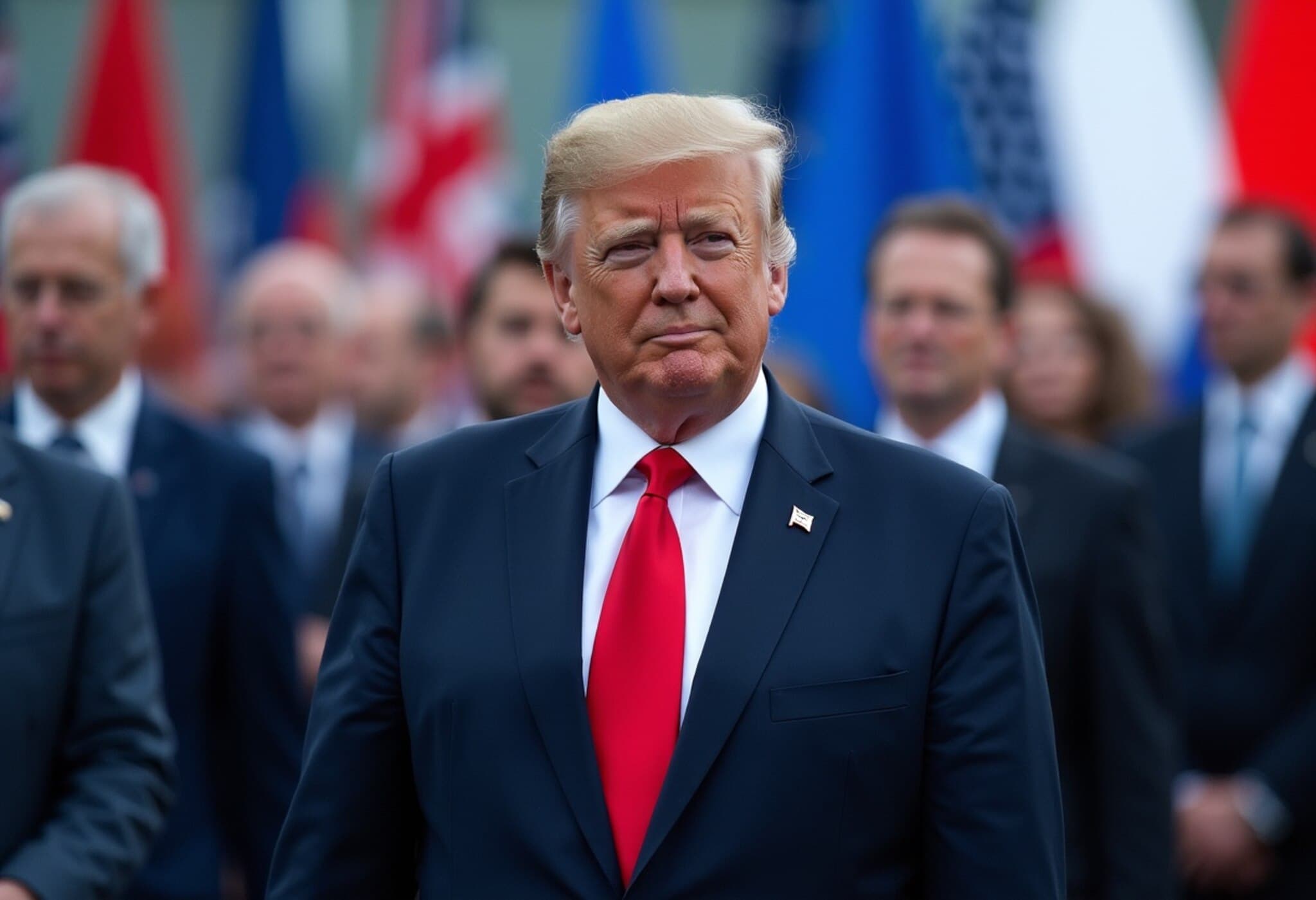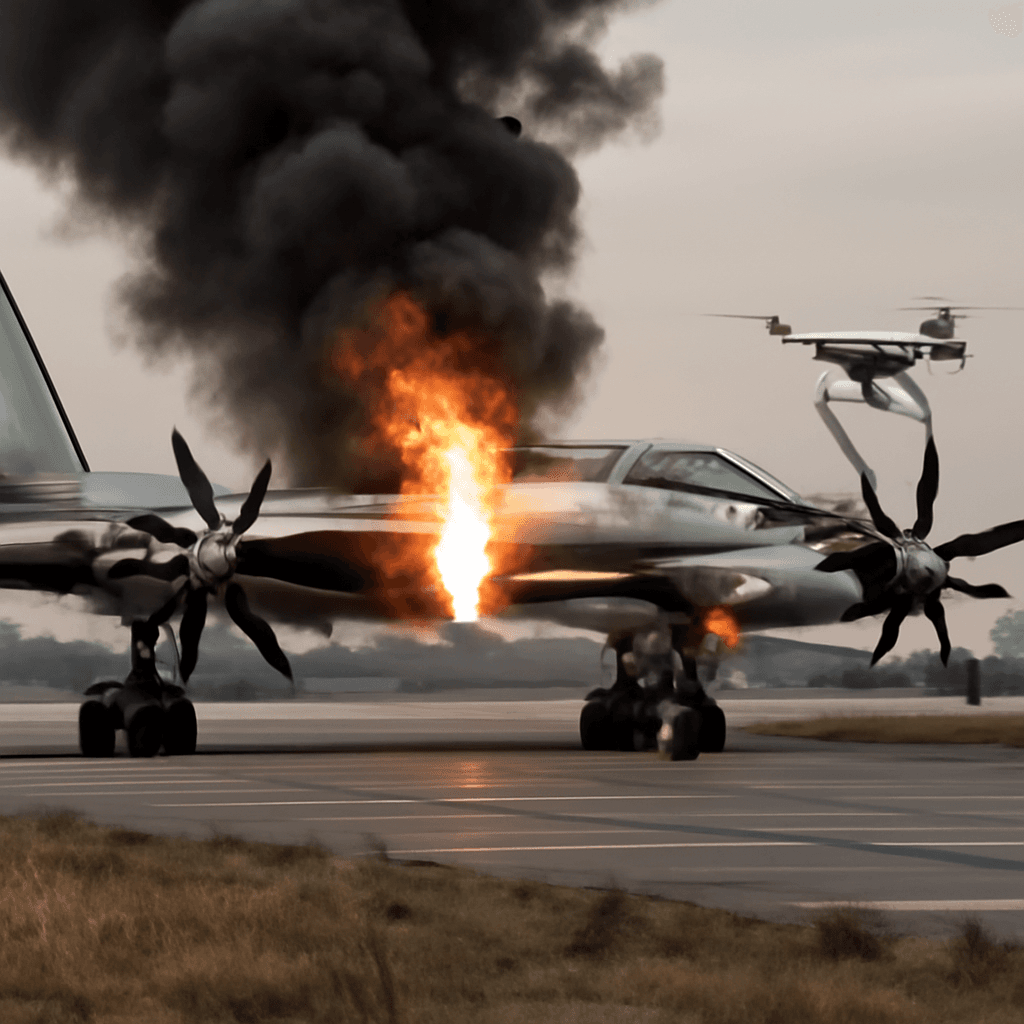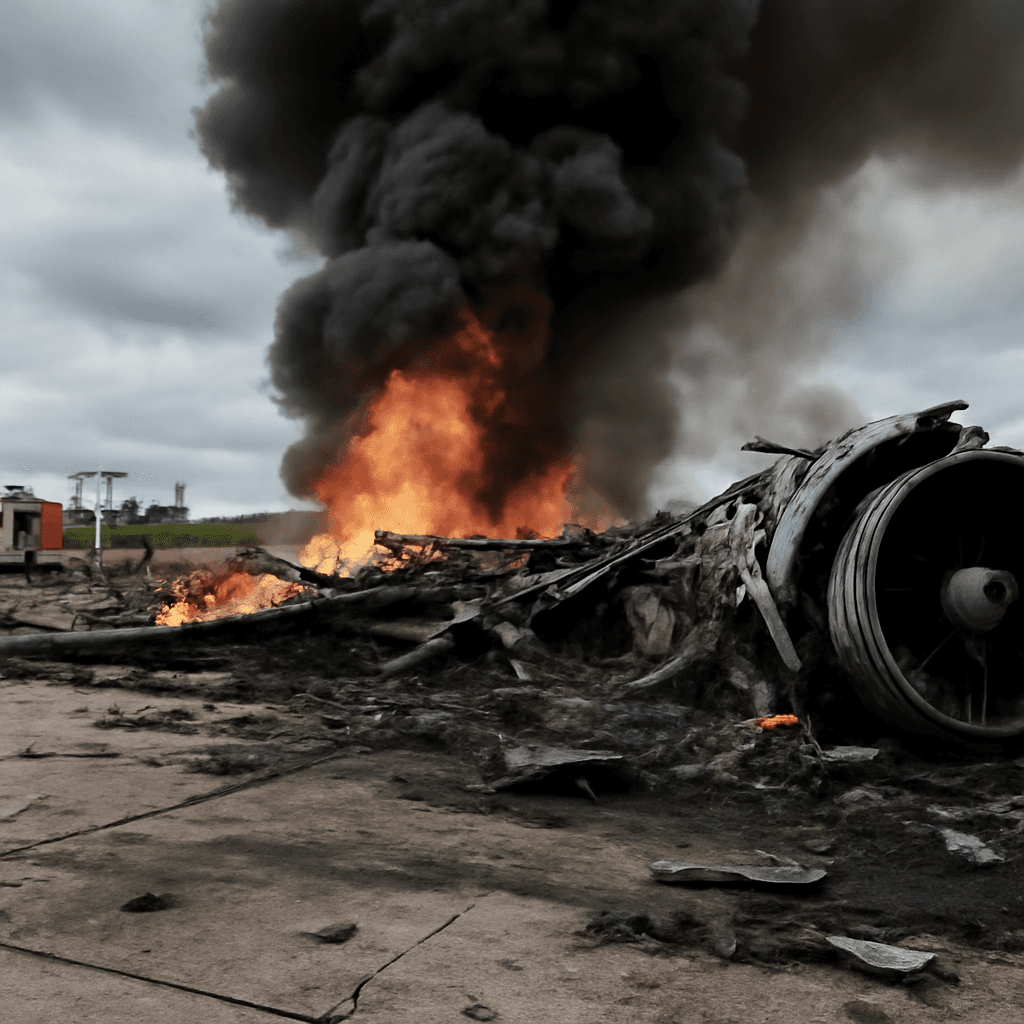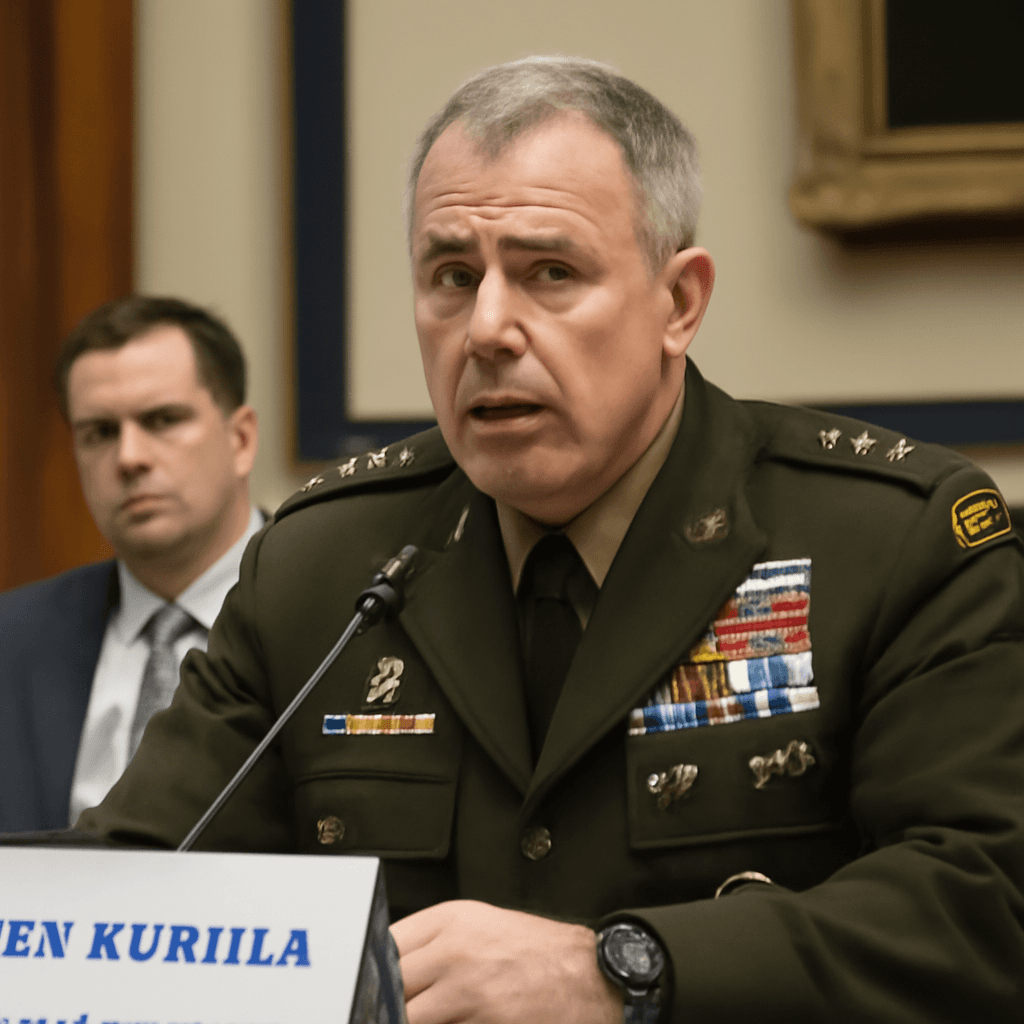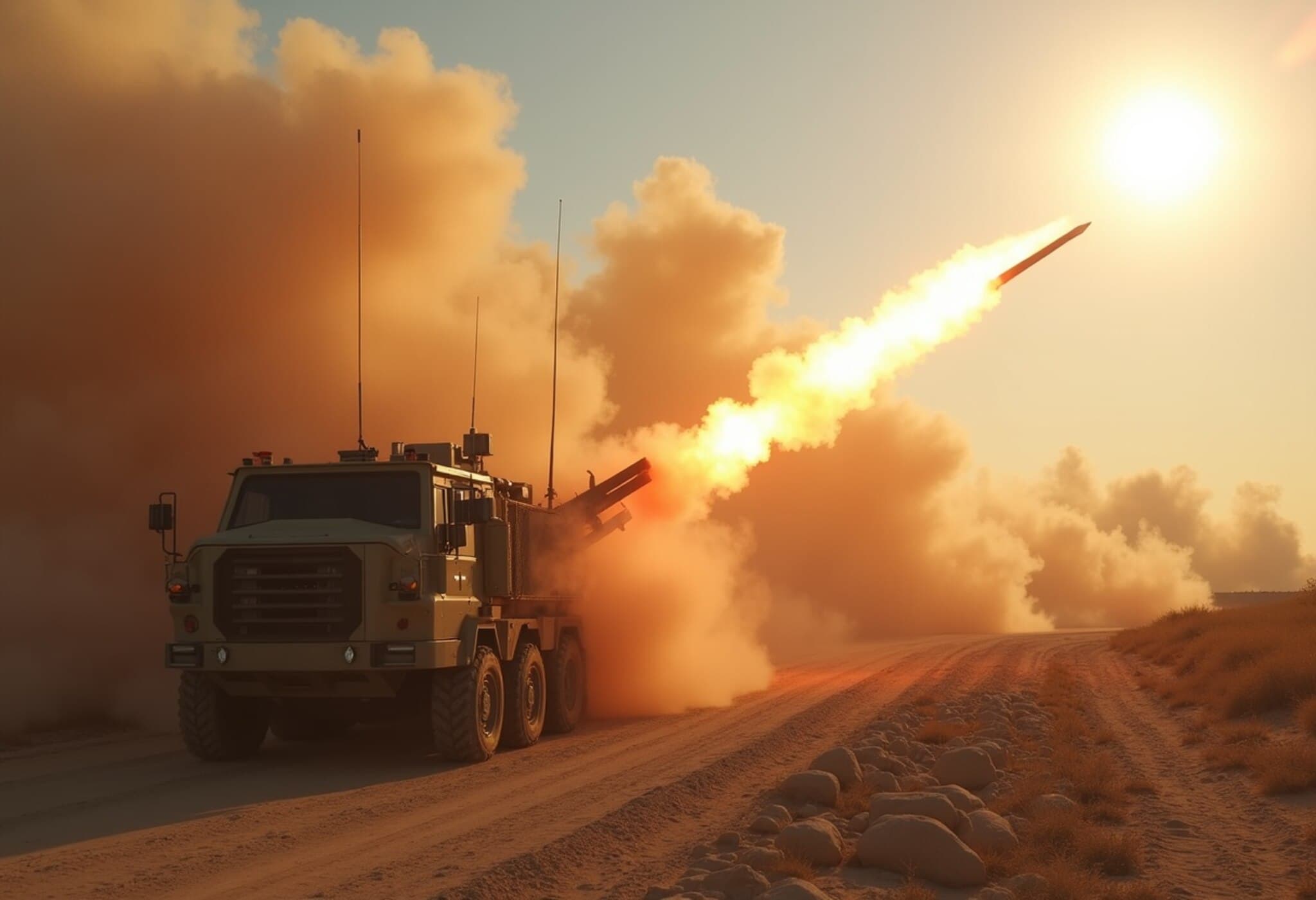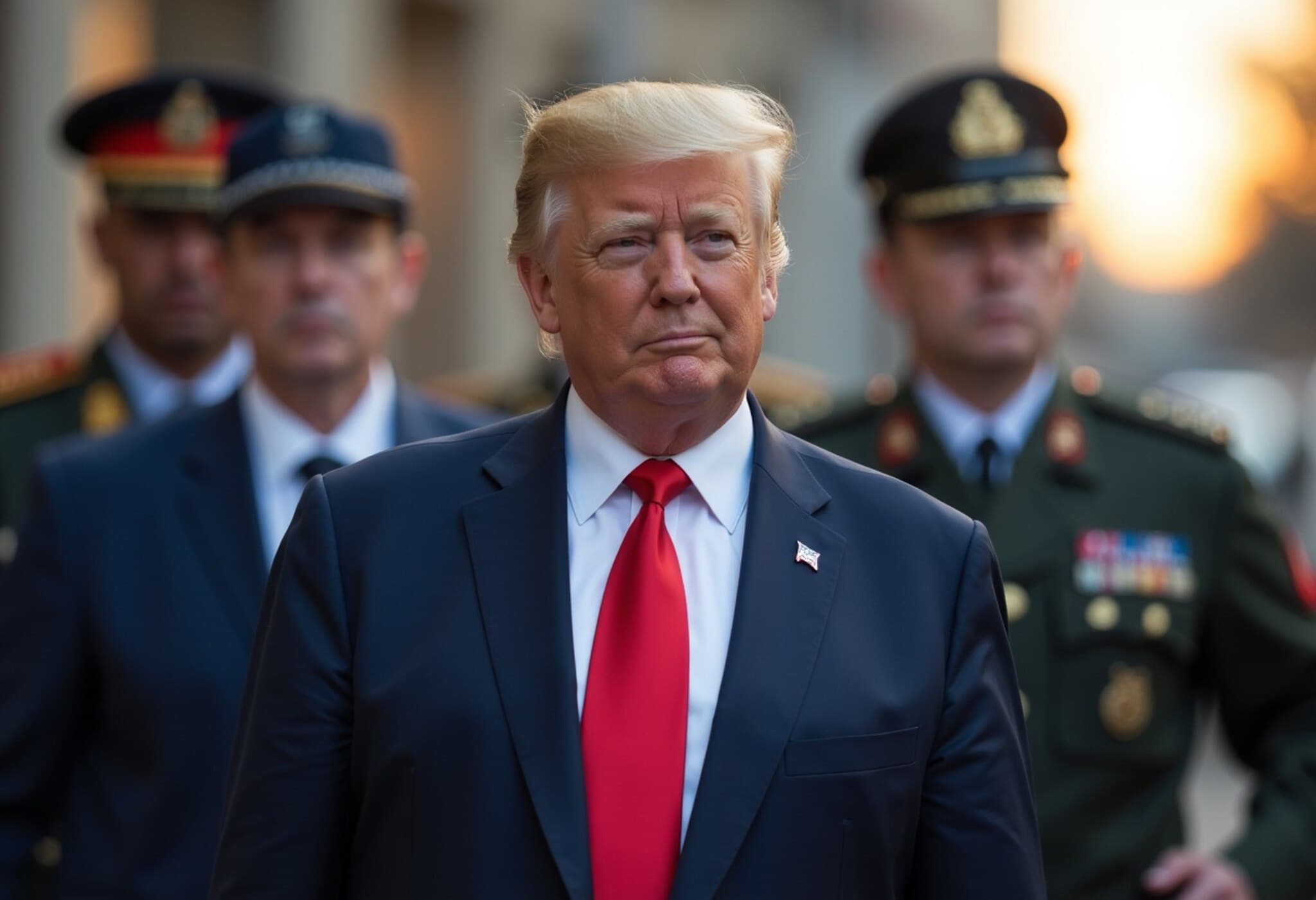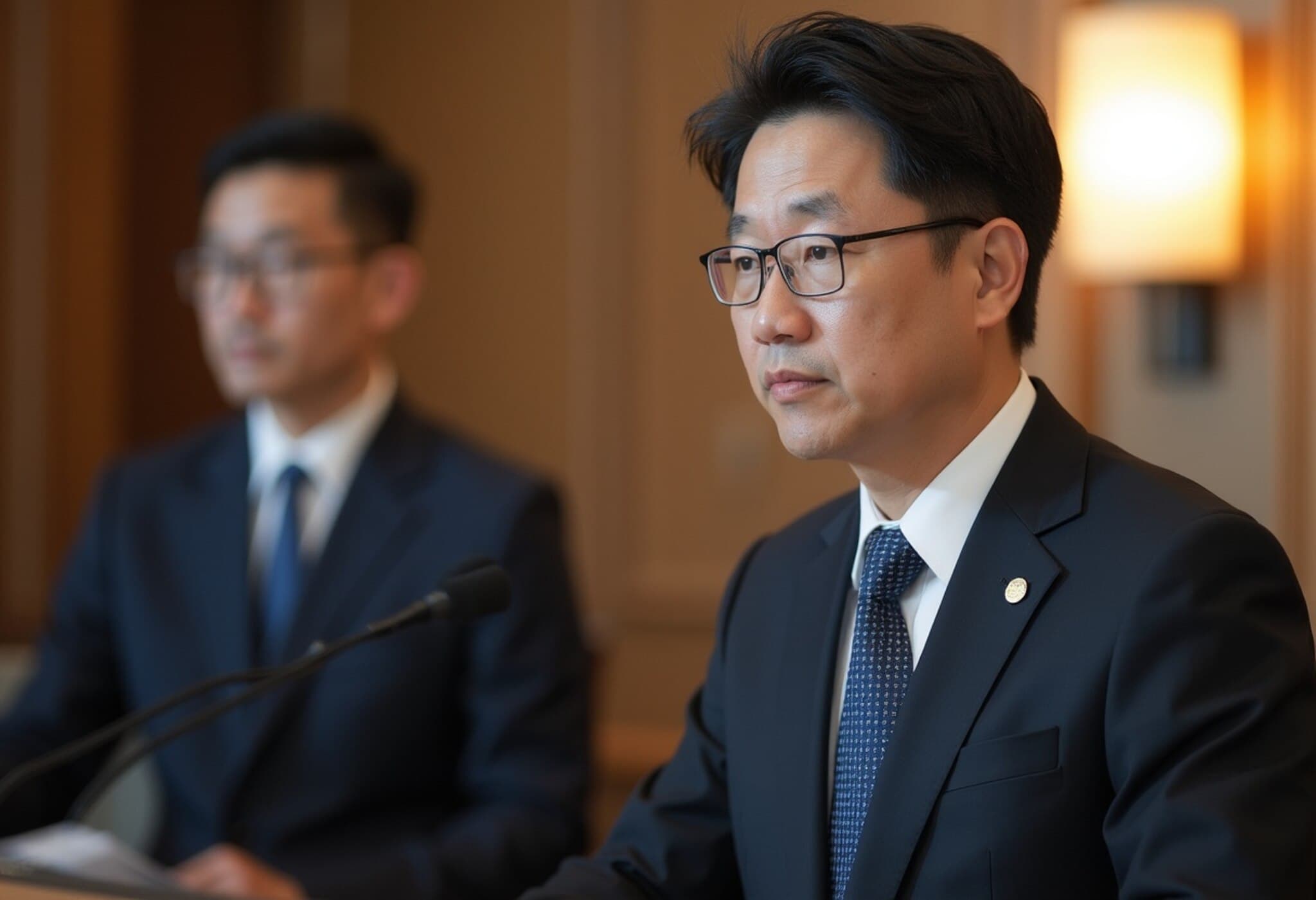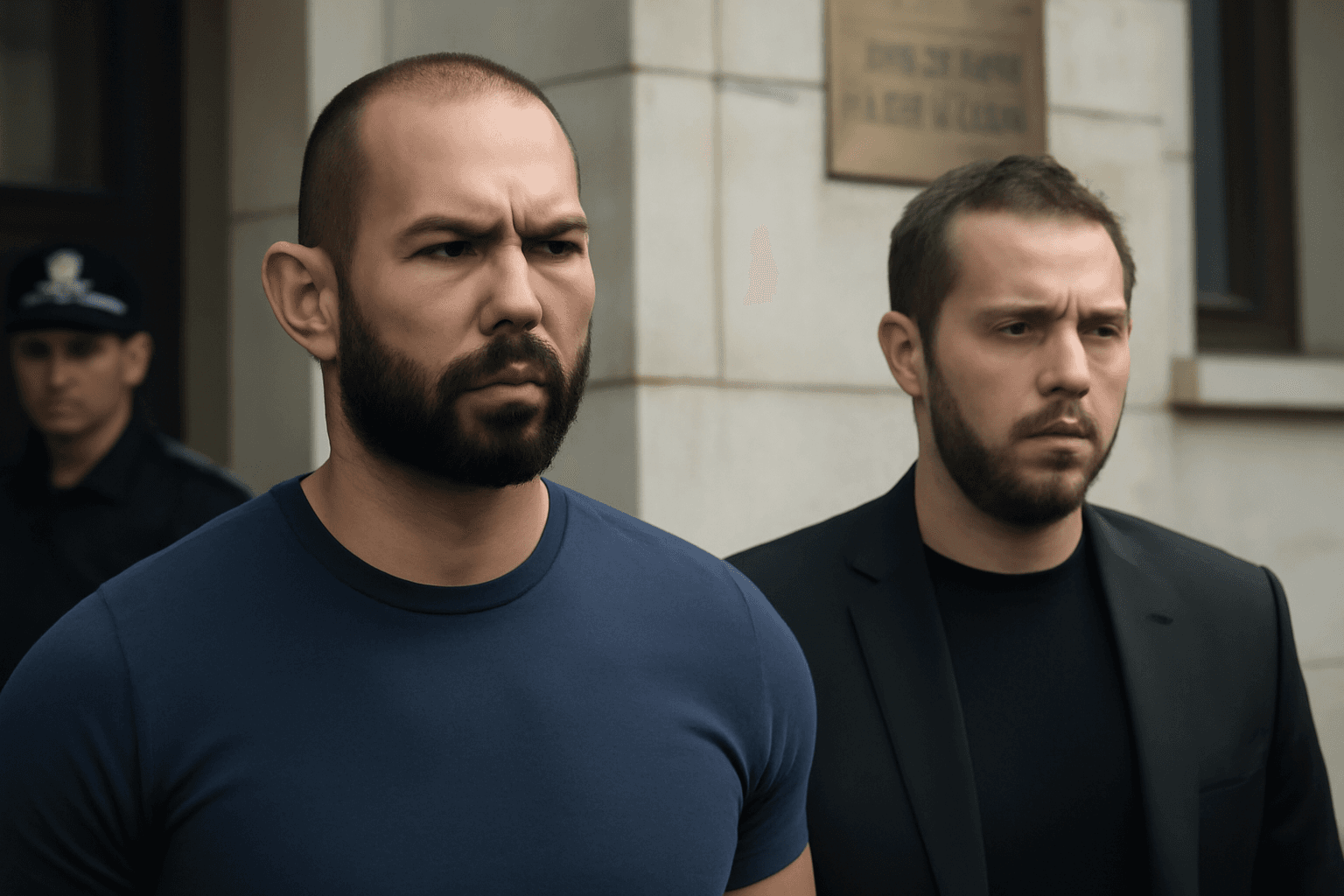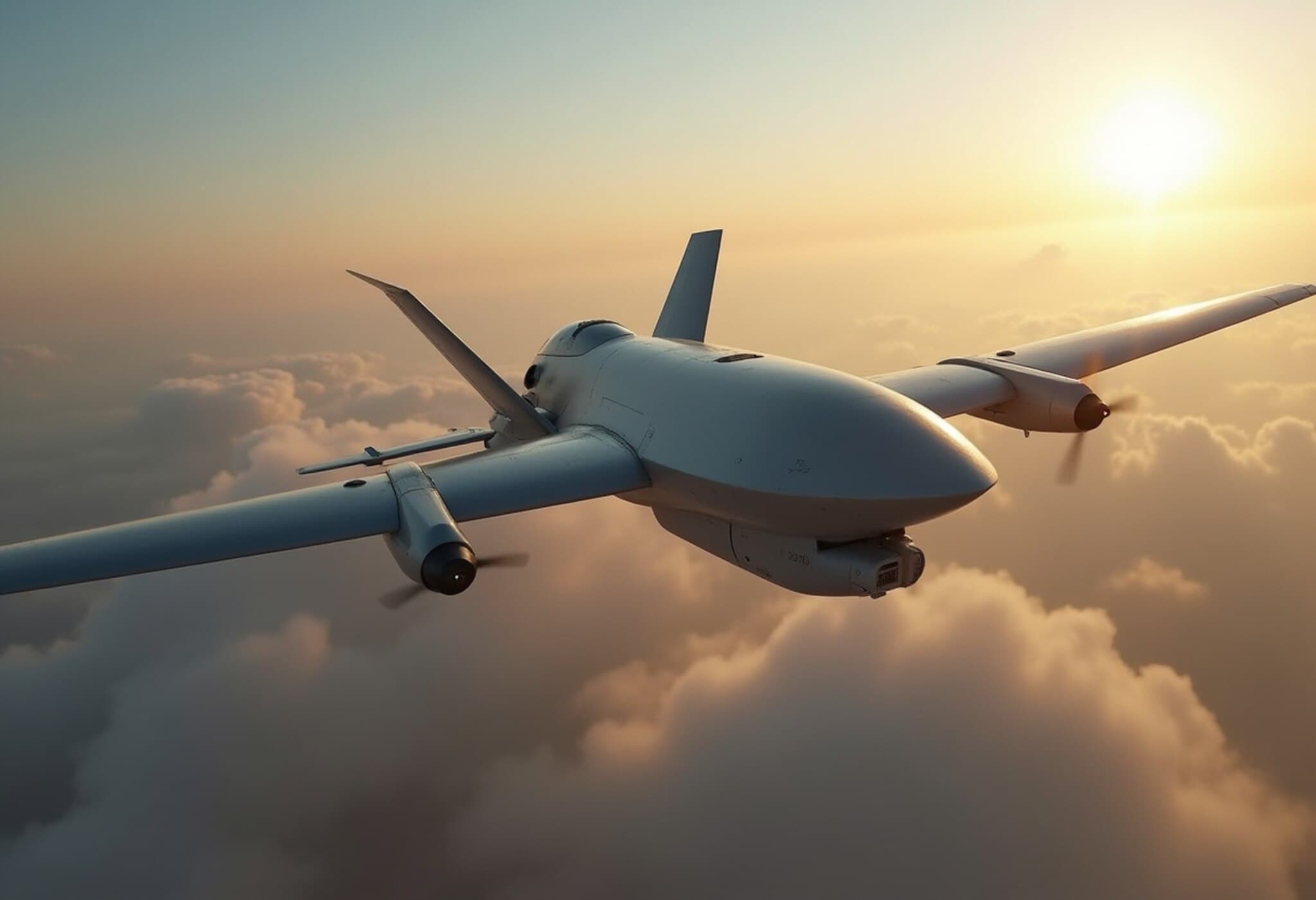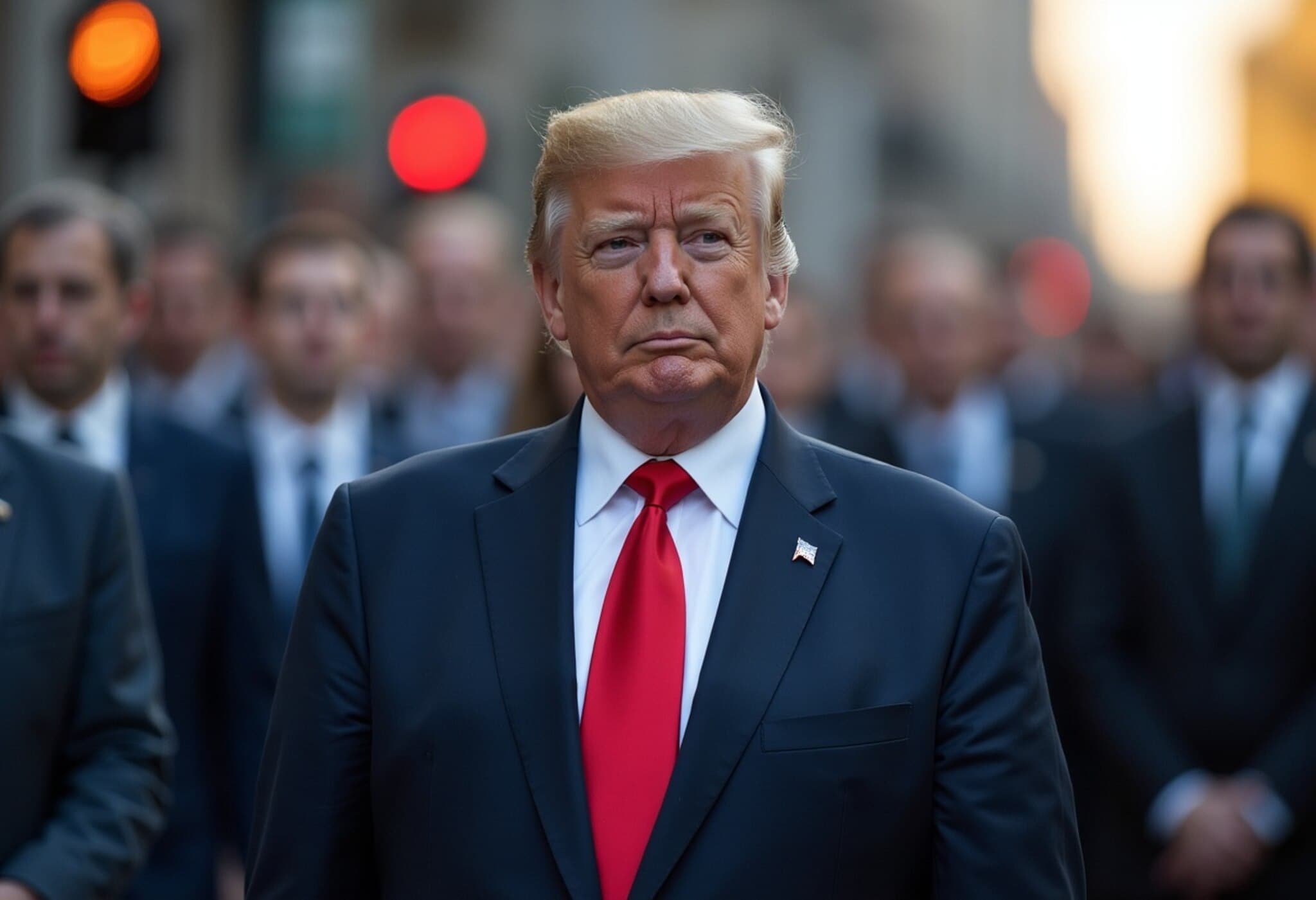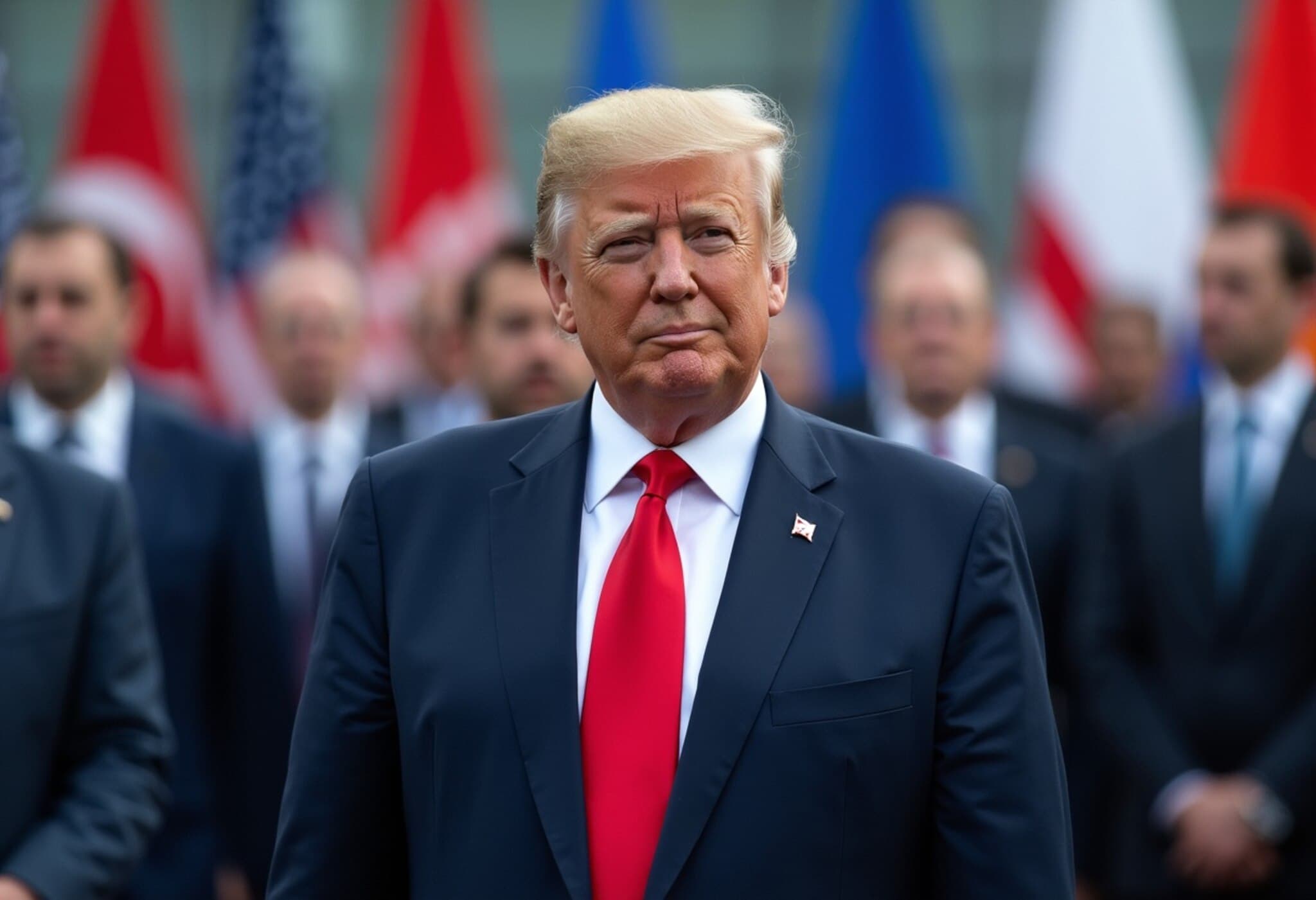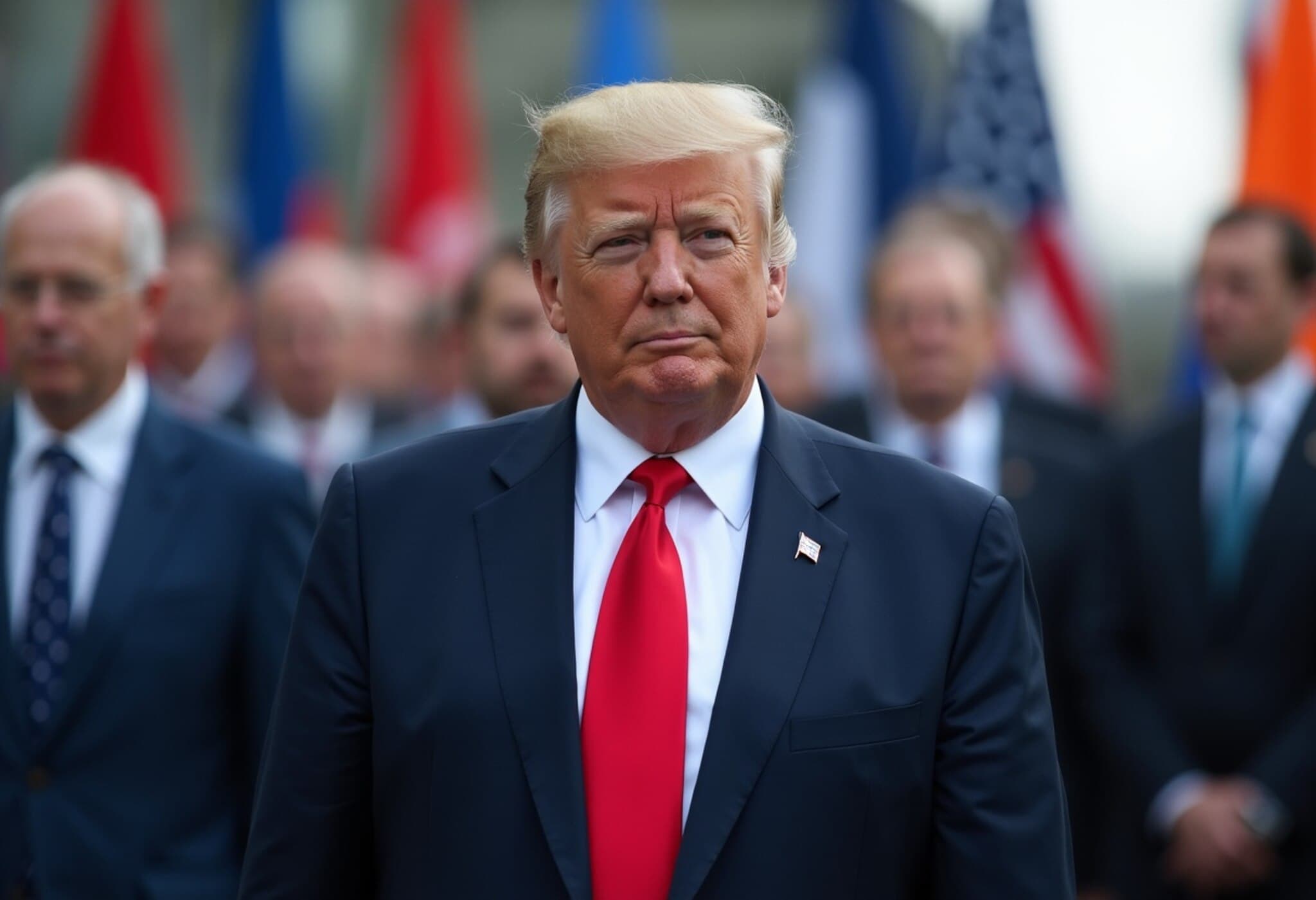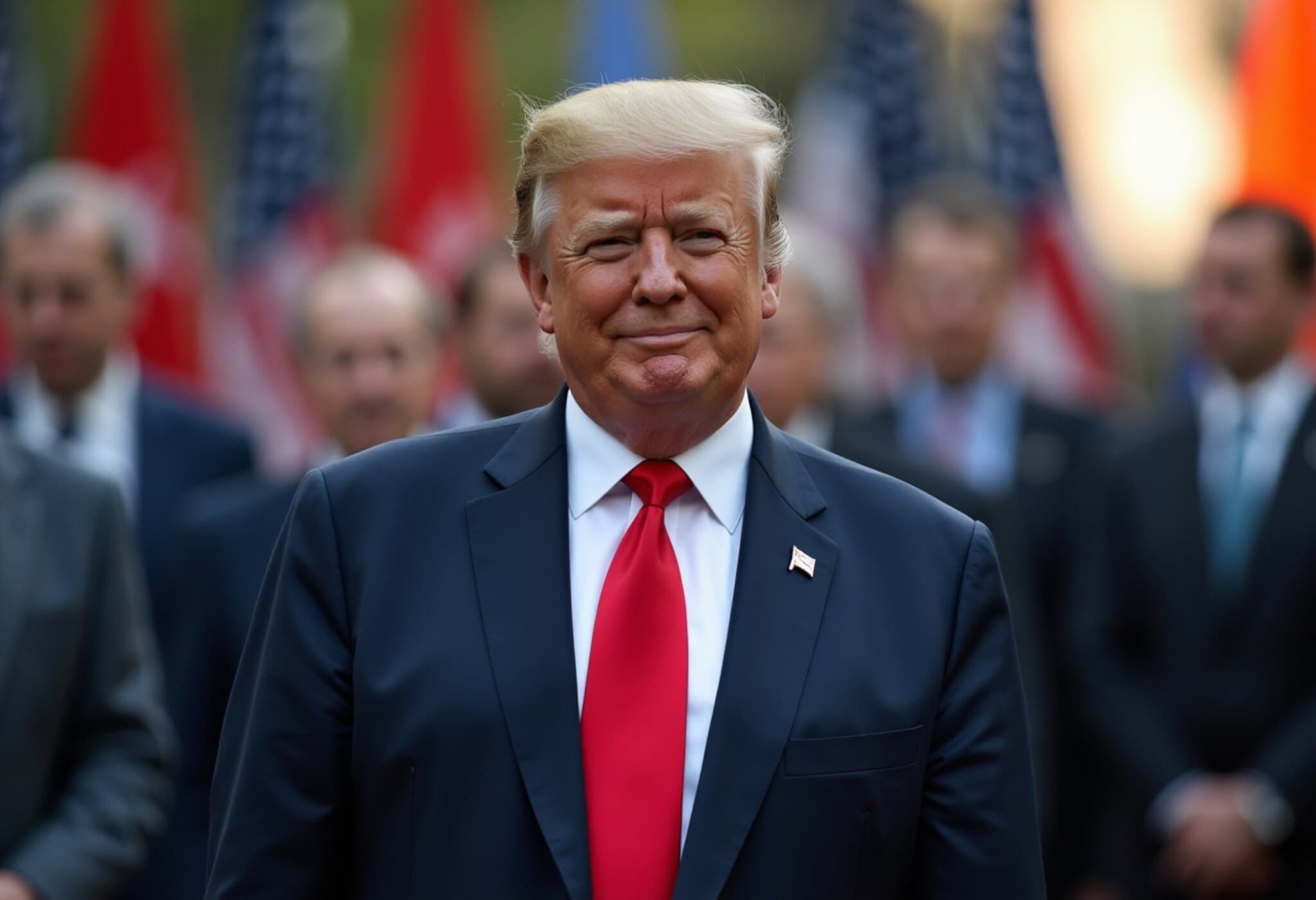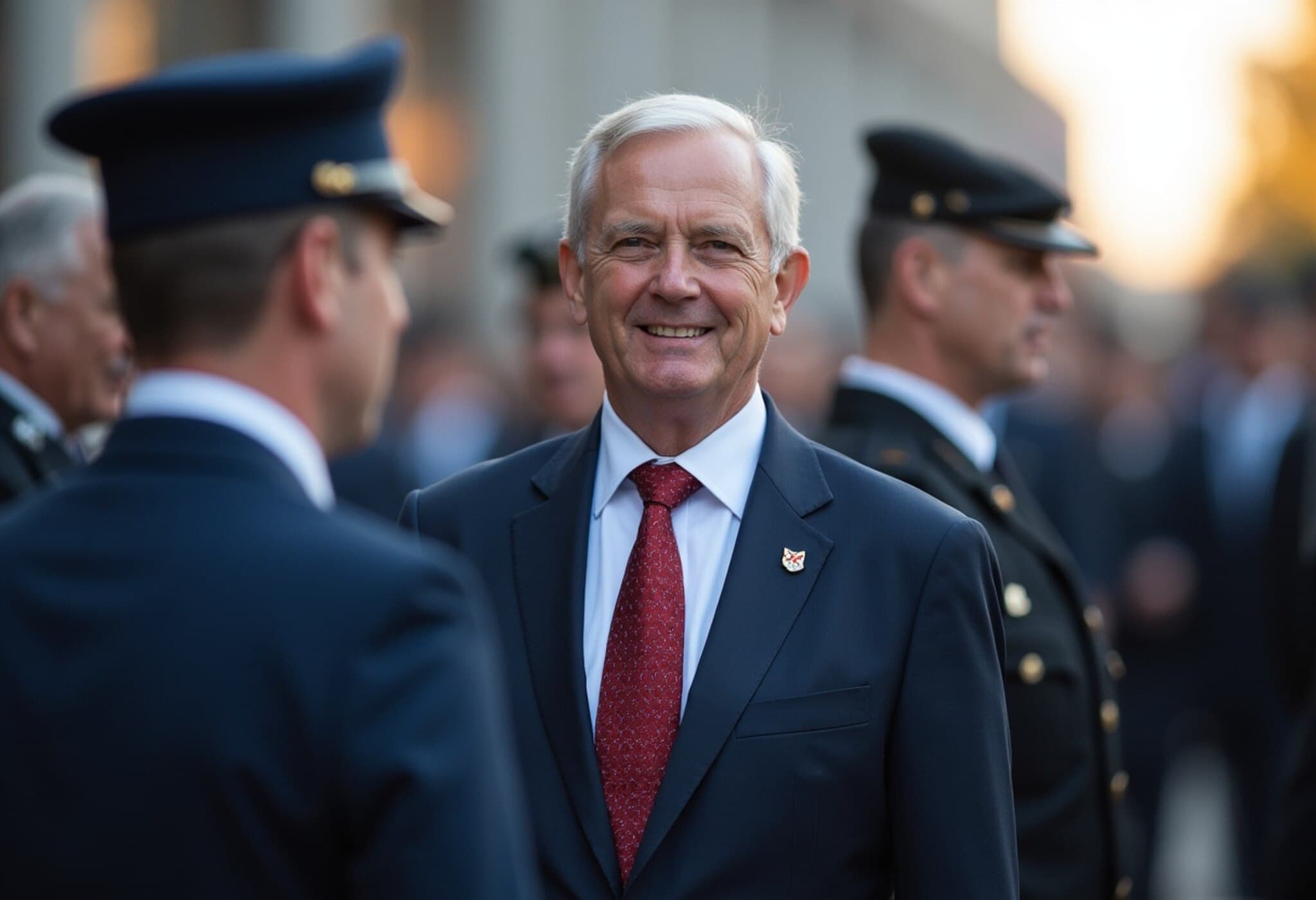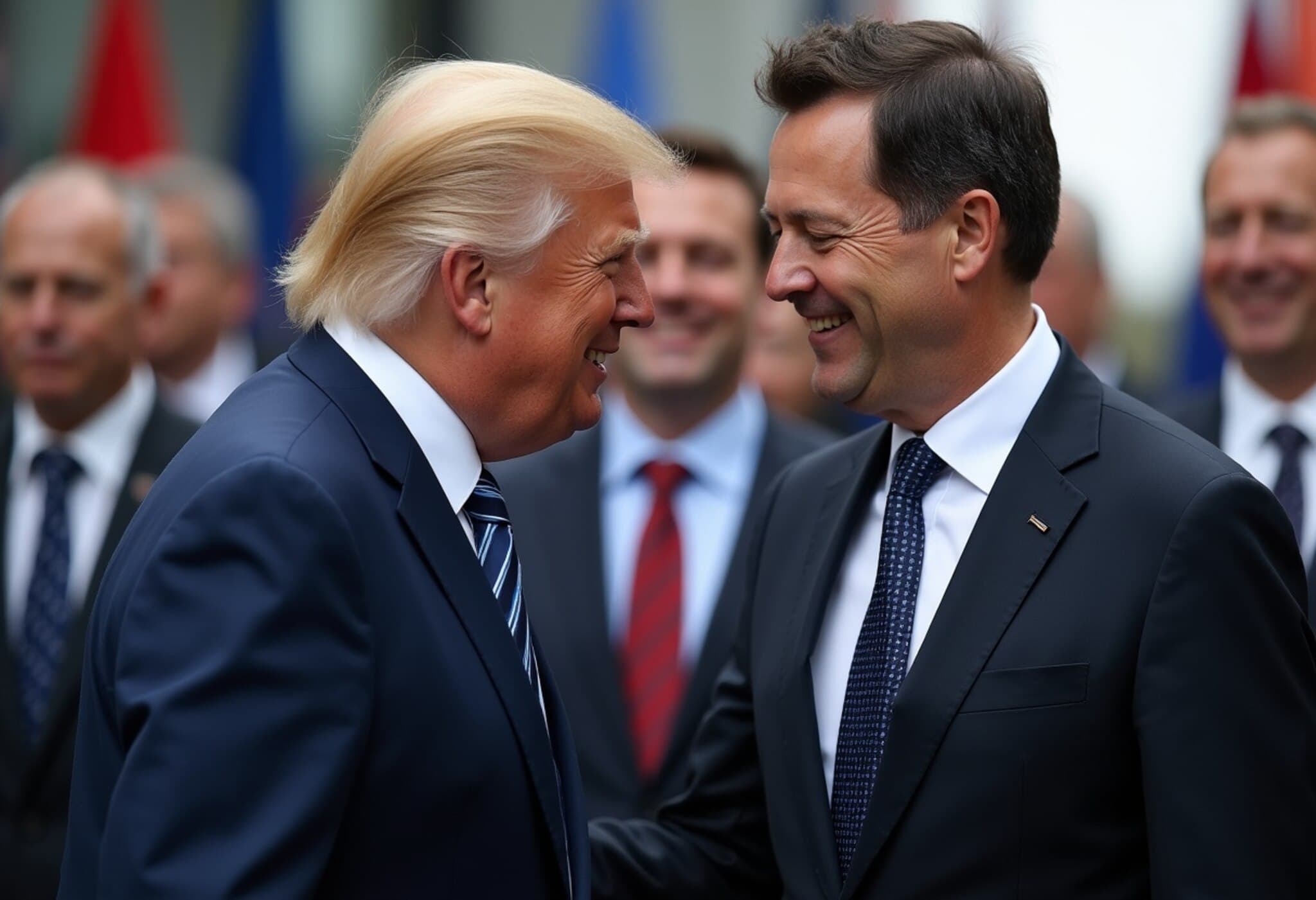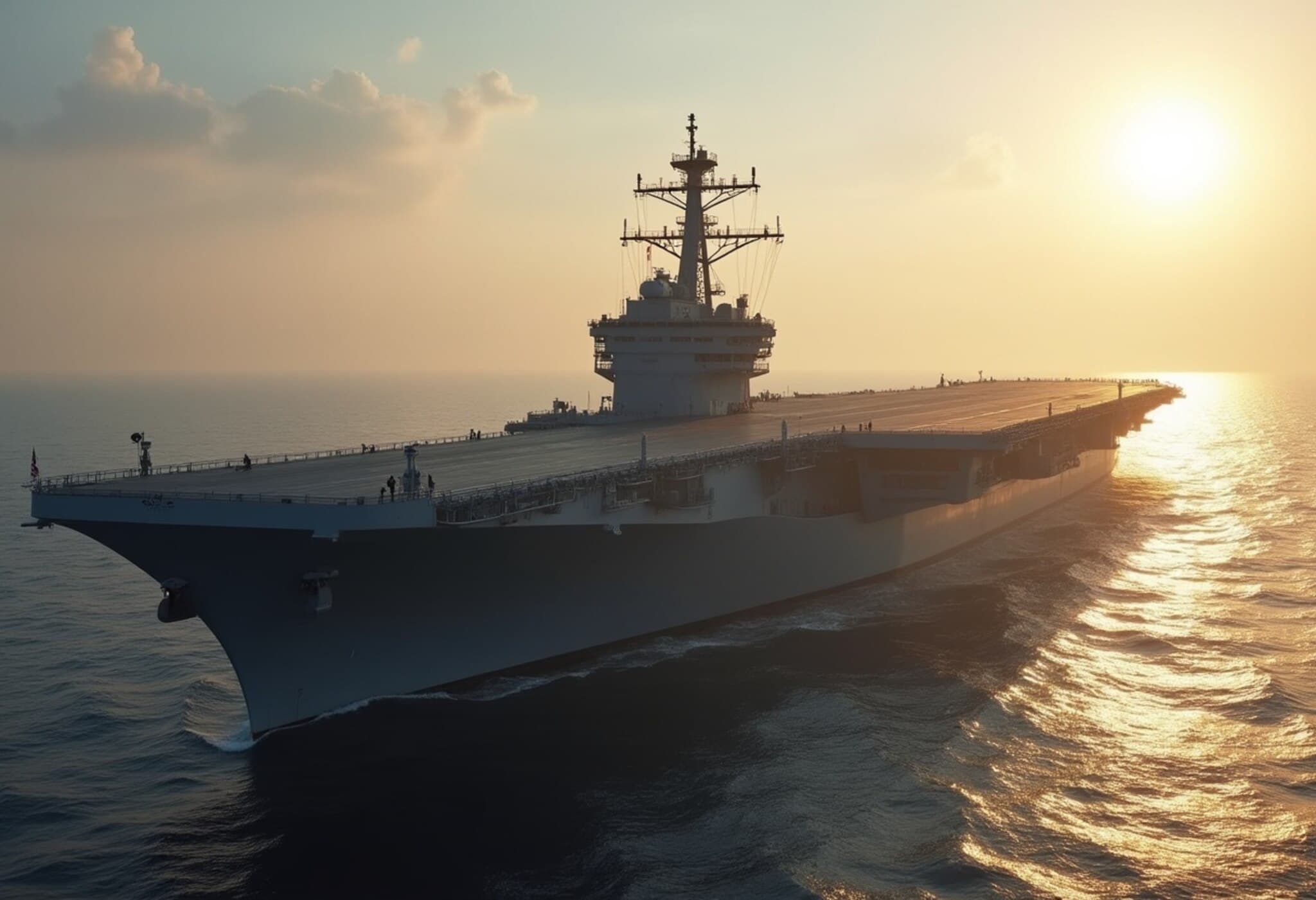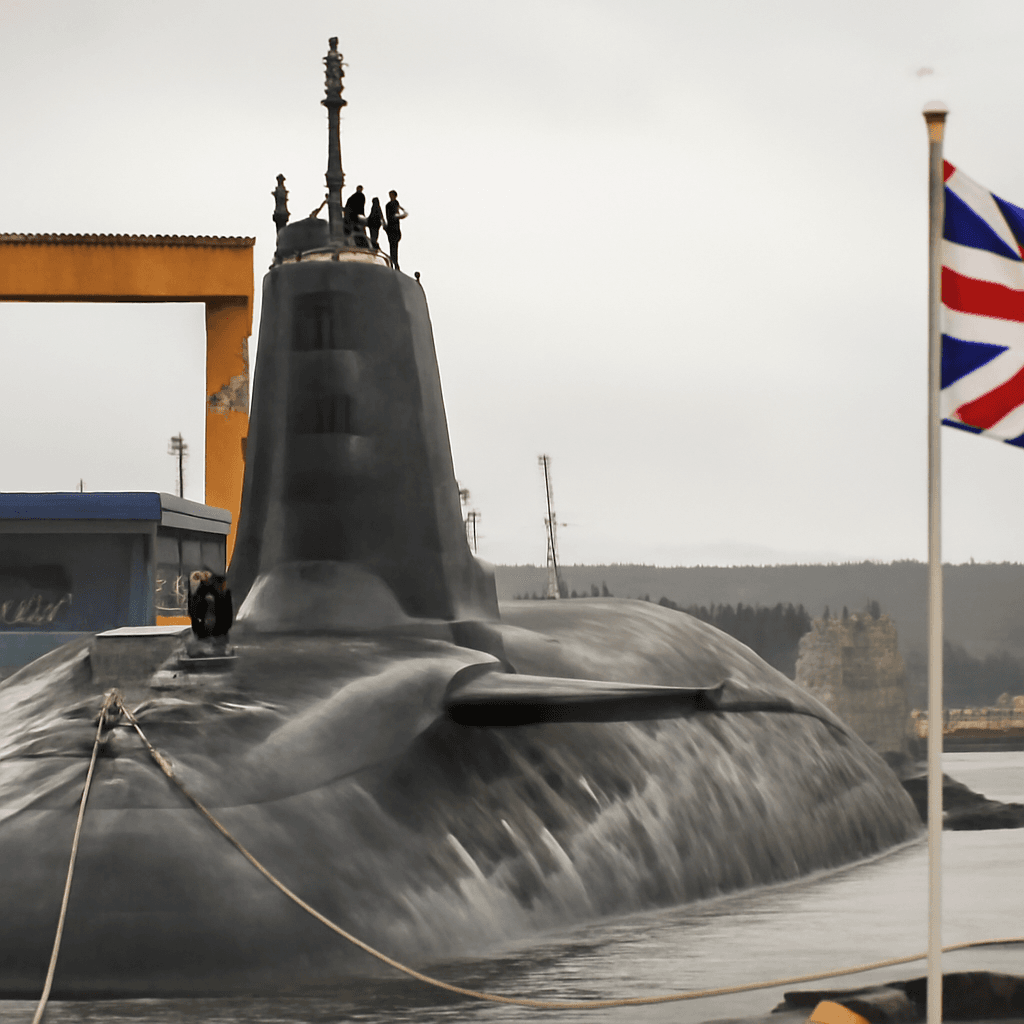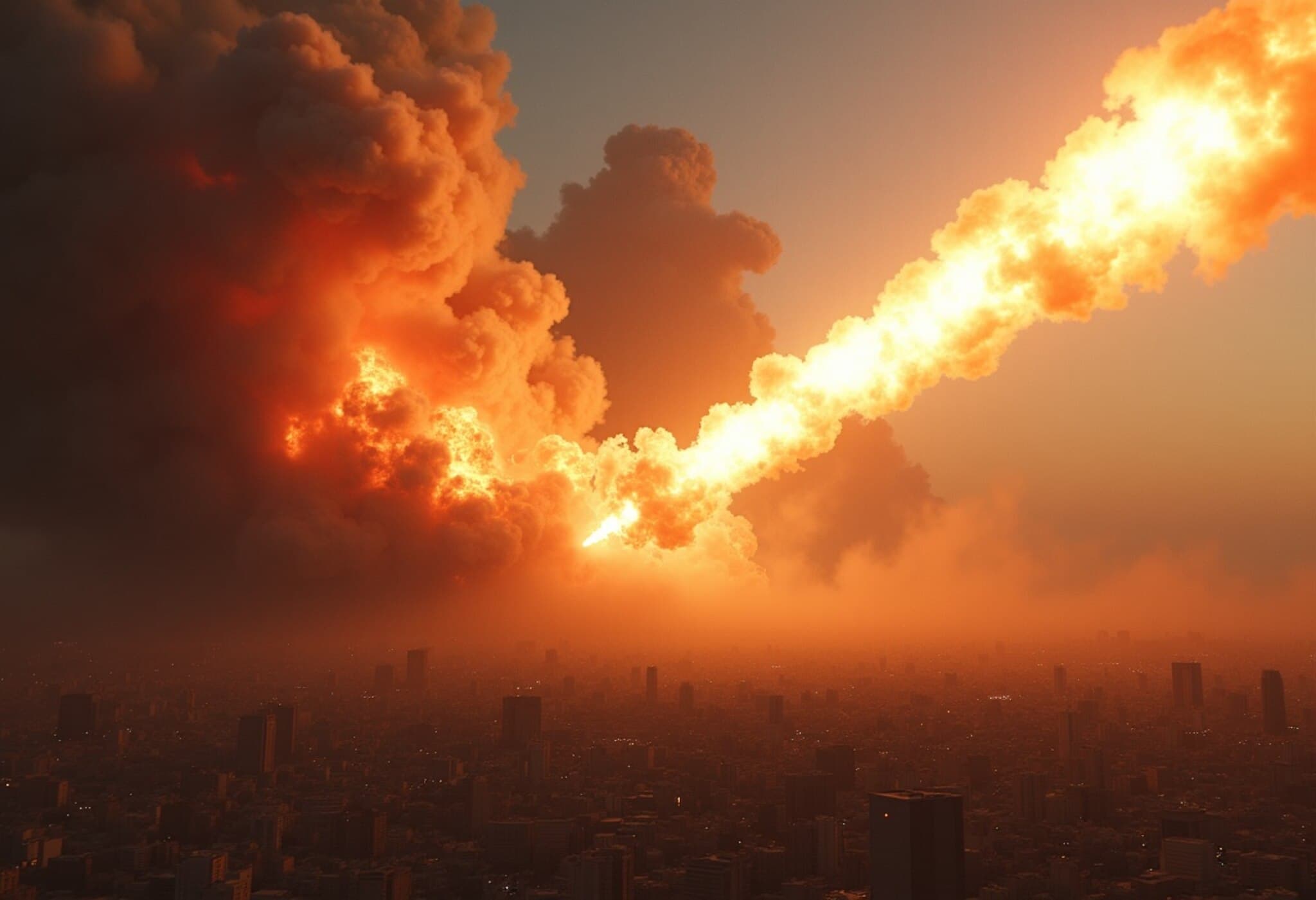NATO Leaders to Convene Amid Escalating Middle East Tensions
From June 24 to 25, 2025, heads of state and government from all 32 NATO member countries will gather in The Hague, Netherlands, for a pivotal summit. Among the eminent attendees is the US President, Donald Trump. This meeting comes at a critical juncture, with rising tensions in West Asia due to the ongoing conflict between Israel and Iran casting a shadow on global security.
Summit Agenda: Defense, Spending, and Alliance Unity
The primary objective of the two-day summit is to bolster NATO's deterrence and defense capabilities in an unpredictable global environment. Key discussions will orbit around:
- Ensuring the Alliance is equipped with adequate resources, troops, and cutting-edge capabilities.
- Aiming to strengthen collective defense measures across member nations.
- Fostering unity within the Alliance amidst geopolitical pressures.
- Critically, increasing military spending to meet evolving security demands.
Pressure on European Allies to Boost Defense Budgets
US President Donald Trump has intensified calls for European members to sharply increase their defense budgets. While NATO's longstanding goal has been for members to allocate at least 2% of their GDP to defense, Trump has urged a substantial hike to 5%. This envisioned split includes 3.5% for core military capabilities and 1.5% dedicated to defense-related infrastructure and cybersecurity.
Interestingly, Trump stressed that the United States will not hold itself to this 5% target, signaling a continued debate over burden-sharing within the Alliance.
Despite optimistic rhetoric, many NATO nations still lag behind in meeting these commitments, creating a potential challenge to cohesive defense preparedness.
The Shadow of Russia and Rising Security Concerns
NATO officials, including Dutch Prime Minister Mark Rutte, have sounded alarms about the possibility of Russian aggression, forecasting a potential attack on a NATO member within the next five years. This grim warning underscores the urgency of enhancing Alliance readiness.
Diplomatic Tactics Surrounding President Trump
The summit’s proceedings have been strategically shaped to avoid conflicts with President Trump, who is known for his direct and sometimes divisive approach. The final communiqué has been streamlined to just five brief paragraphs, while substantive discussions are limited to three hours. Observers interpret these adjustments as efforts to maintain harmony within NATO and accommodate the US President’s preferences.
Mark Rutte, who maintains a relatively warm relationship with Trump, appears to be orchestrating a scenario that allows the US President to claim progress on defense spending without sparking fresh quarrels over trade policies, Russia, or Middle East tensions.
Ukraine’s Delicate Position at the Summit
Although Ukraine’s President Volodymyr Zelensky is invited to attend the summit dinner, he will not partake in the core North Atlantic Council discussions. This exclusion comes despite the ongoing war in Ukraine, which remains one of Europe’s gravest security threats.
In an effort to sidestep friction, conversations regarding Russia’s aggression and Ukraine’s security have been largely set aside, indicating divergent priorities between the US delegation and European allies. A former US ambassador to NATO highlighted this divide, noting that while the US views Ukrainian security as separate from European security, its European partners see these issues as deeply intertwined.
Extraordinary Security and Budget for the Summit
Dutch authorities have rolled out their largest-ever security operation to safeguard the summit, reflecting the event’s high-profile nature and the volatile global context. This summit also ranks as NATO’s most costly to date, with expenditures estimated at approximately €183.4 million ($210 million).

